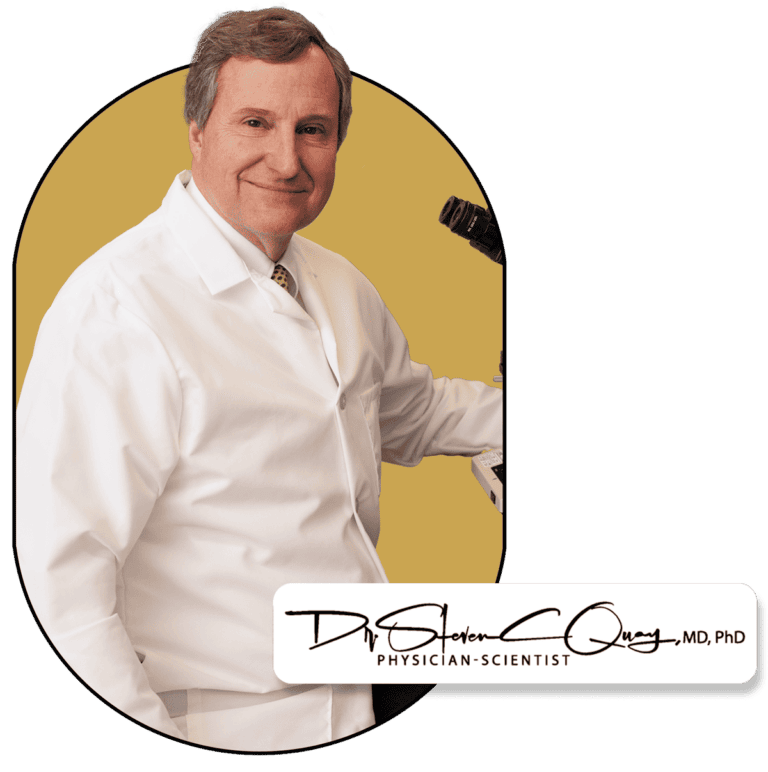Testing for COVID-19: Why I like the combination breath hold/temperature test for screening
The internet can be a dangerous place to get medical advice; some of what you read is just plain false and some of what you read is true in a selected way but makes doctors respond, weighing in to ‘debunk’ something they think is misunderstood by lay people. But when the doctors do this, this miss the nugget of truth buried in the pile. This is an example of something that was absolutely right, had a false association with it, and then got debunked by the medical profession.
What I am talking about is, of course, the breath hold test for COVID-19. The two step test, (which takes eleven seconds!) works like this: Step 1, take a deep breath; Step 2, hold your breath for a slow count of 10 (about 10 seconds). A fail is having to break the hold for any reason; cough, sputum, dizziness, etc. As I will show below, it is a nice screening test. The internet said the reason a COVID-19 patient fails the breathhold test is because the disease caused “50% fibrosis of the lungs.” This is medically impossible. I don’t know the upper limit of fibrosis you can have and still be alive but it is way less than 50%; maybe 10% or so.
But the test is not worthless. For screening purposes I propose combining the two tests, breathhold and temperature, and that you do them every morning with your family: the 10 second breath hold test and forehead temperature test. You should be less than 38 C (100.4 F). For the combination test if you have EITHER a fever or can’t hold your breath, the test is positive. You don’t need to have both. The numbers below in the table come from the medical articles themselves in the best infectious disease journals.

As the table shows, a screening test should be quick, easy, cheap and not miss patients with the disease. It’s purpose is to separate the ‘not sick’ from the ‘sick for any reason.’ that is ALL a test needs to do to be useful. Another useful test is one which, if positive, means you have a particular disease with high probability. The CDC/FDA cheek swab test is such a test; my screening test picks up COVID-19 and many (100s ?) of other disease. But it is not useful!
So study this table. Every test has good points and bad points. Here the good points are in the yellow boxes. Keep this in mind as we handle…and overcome this pandemic!




